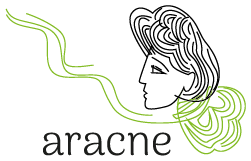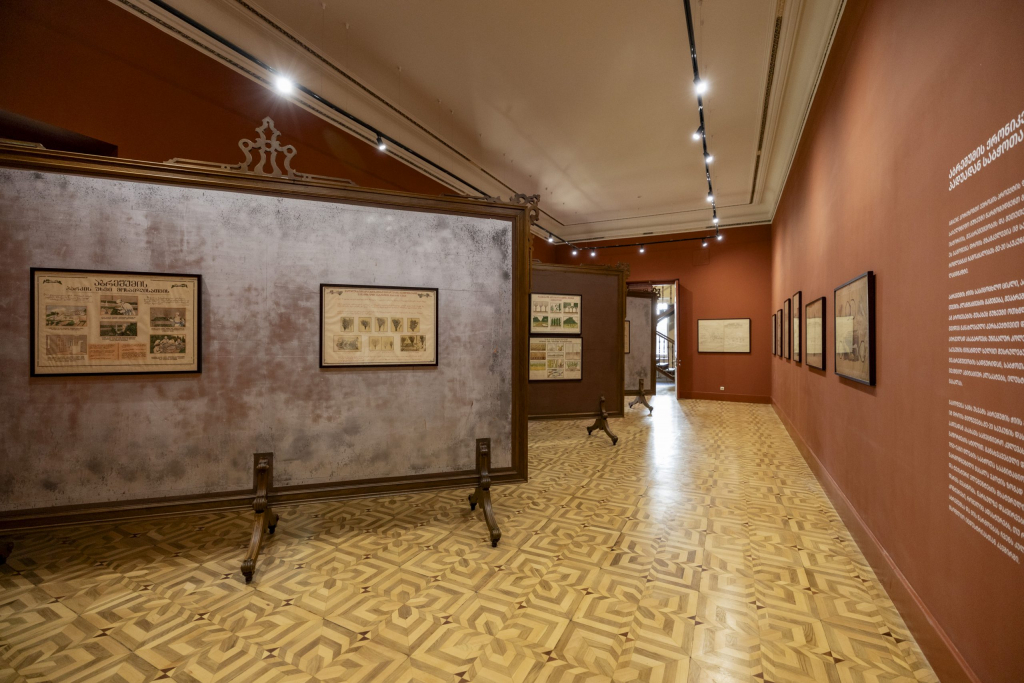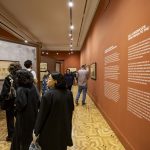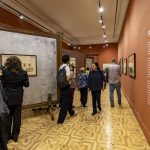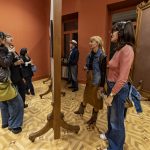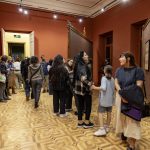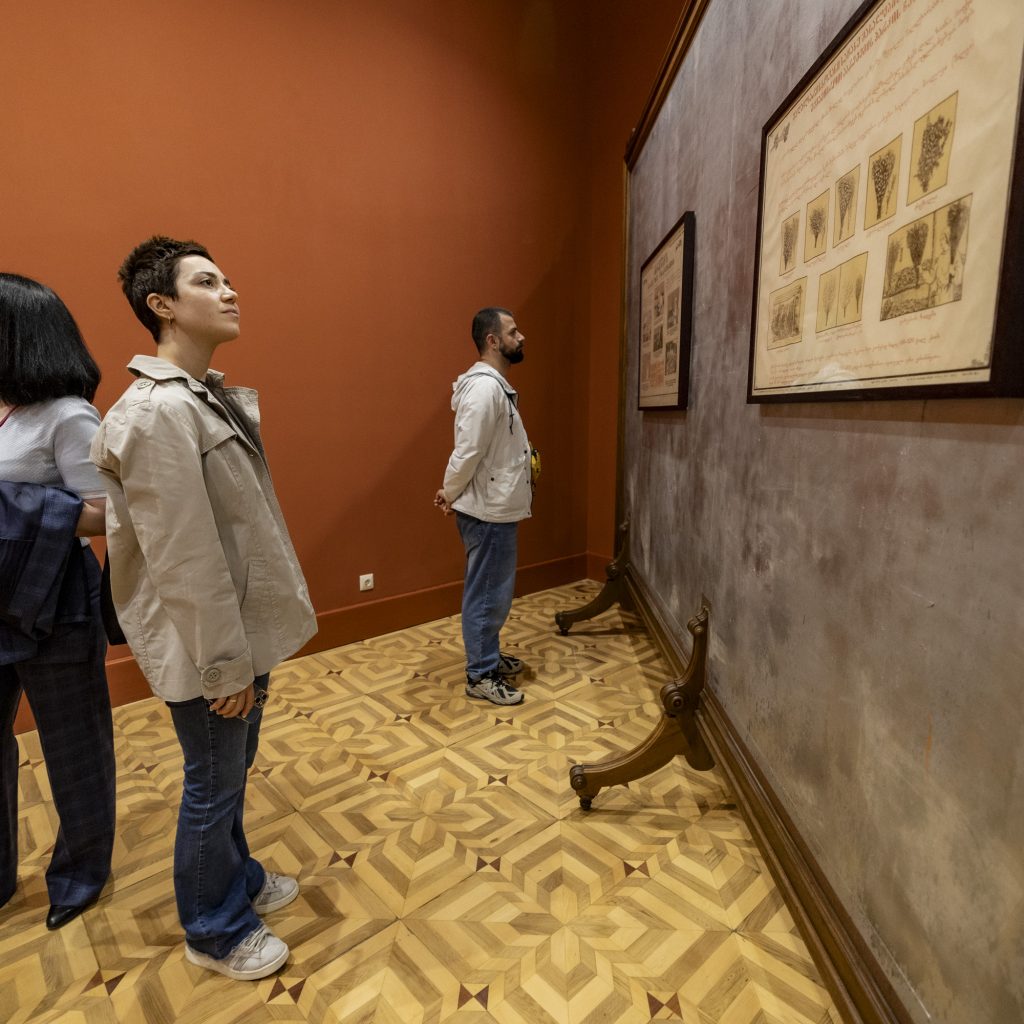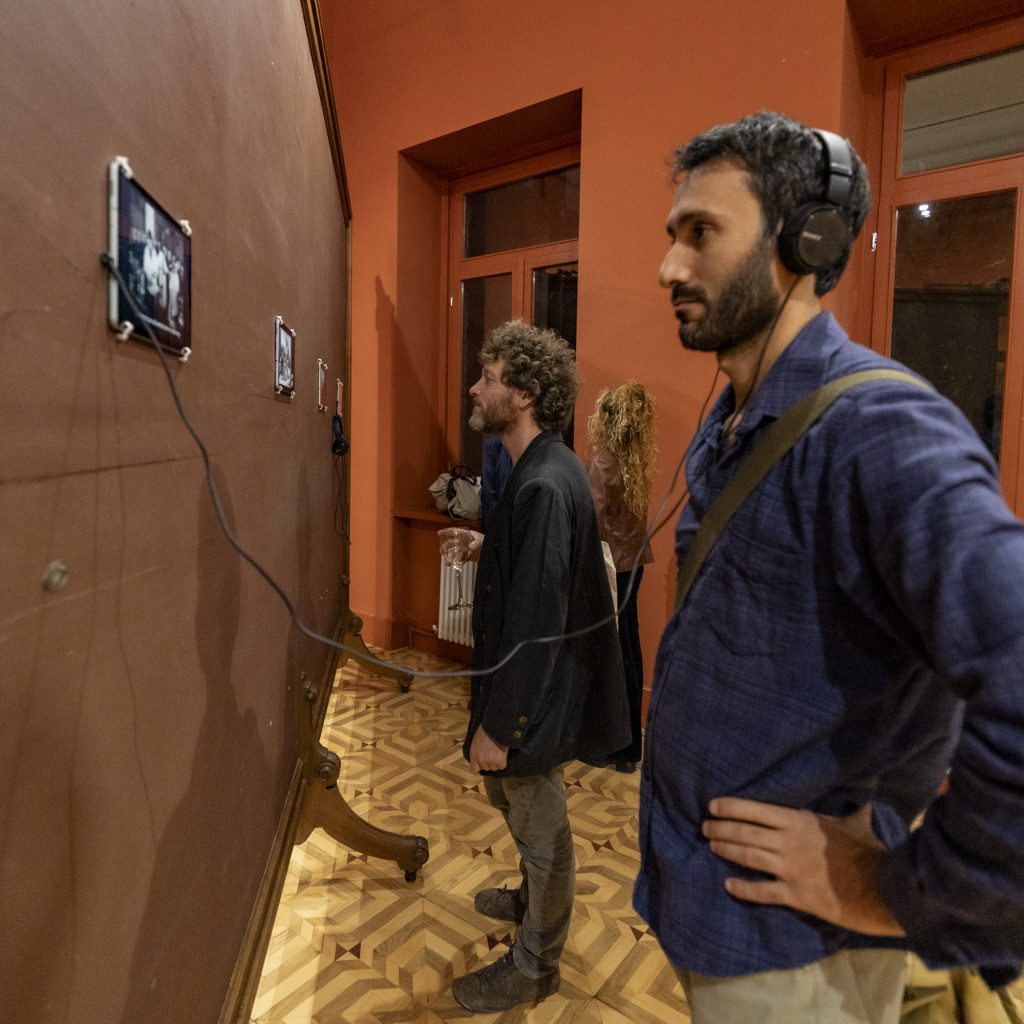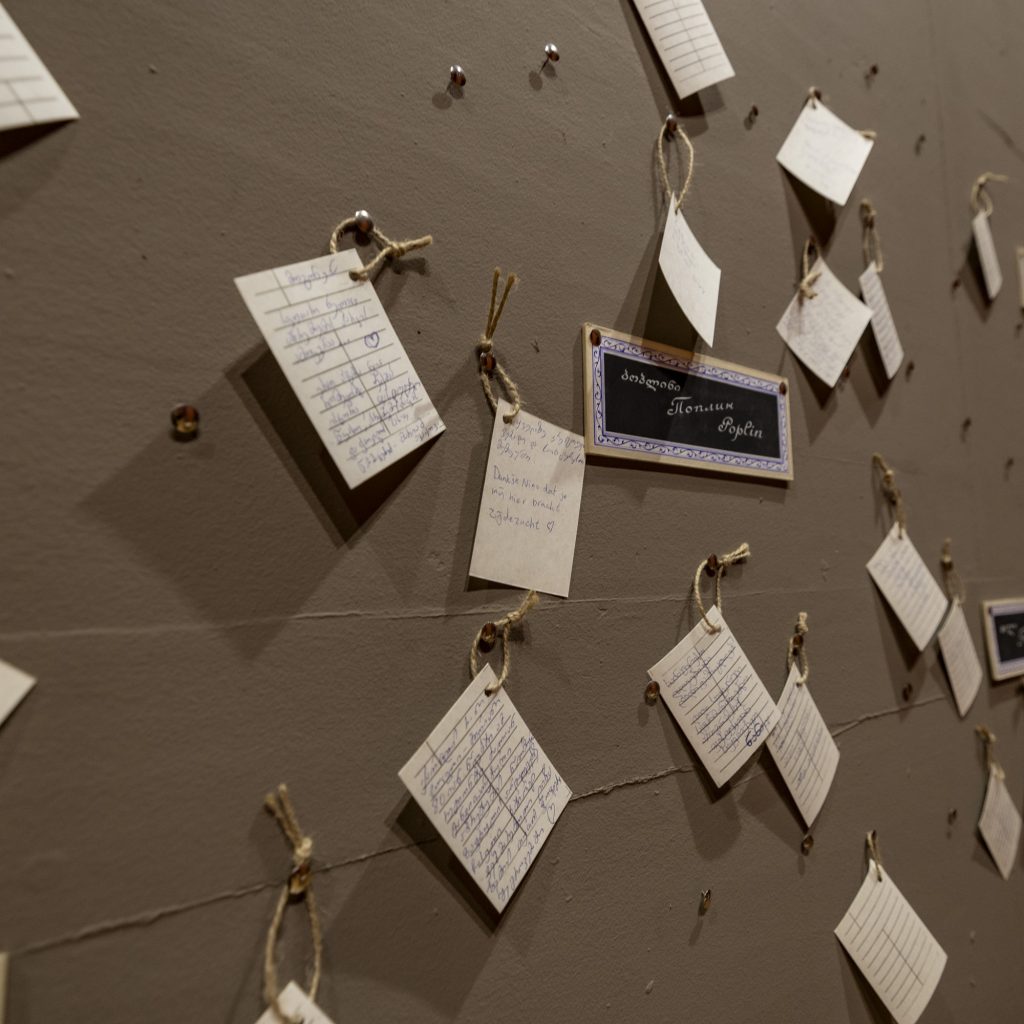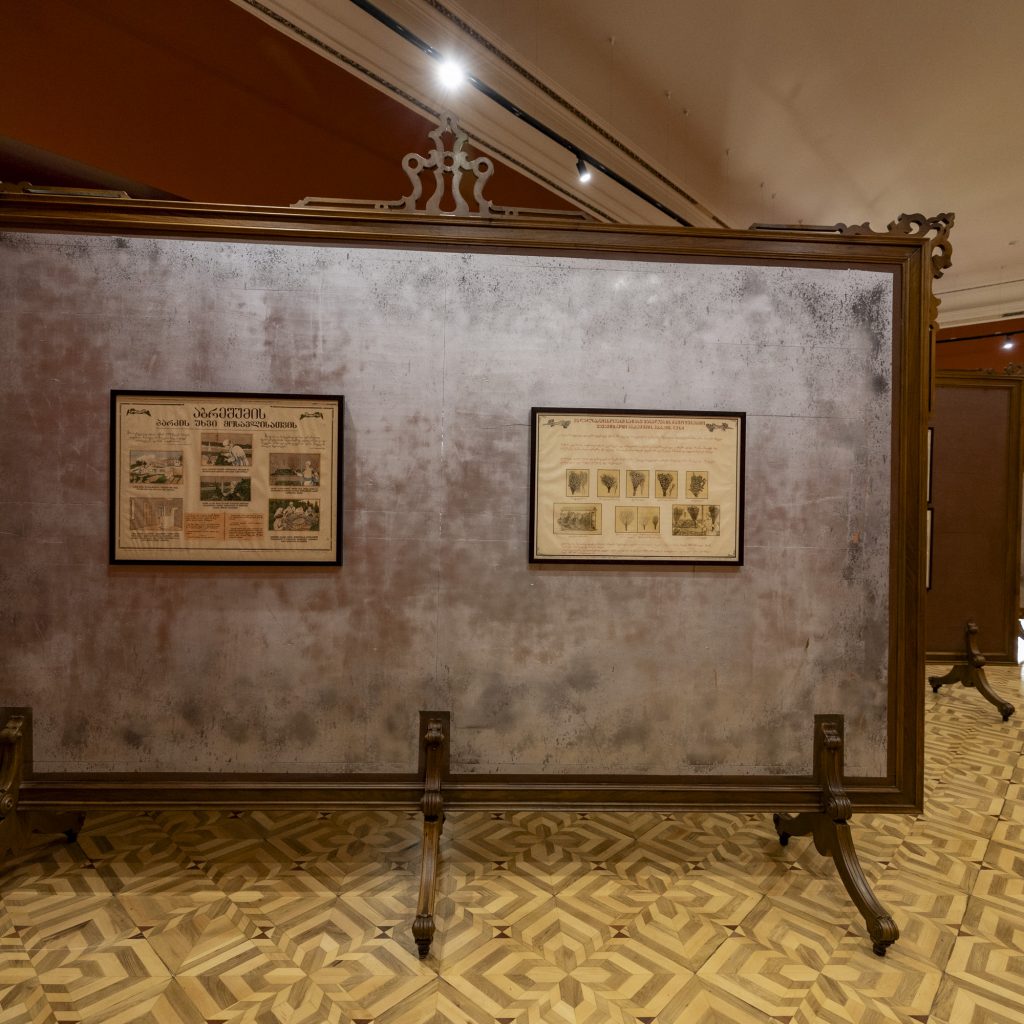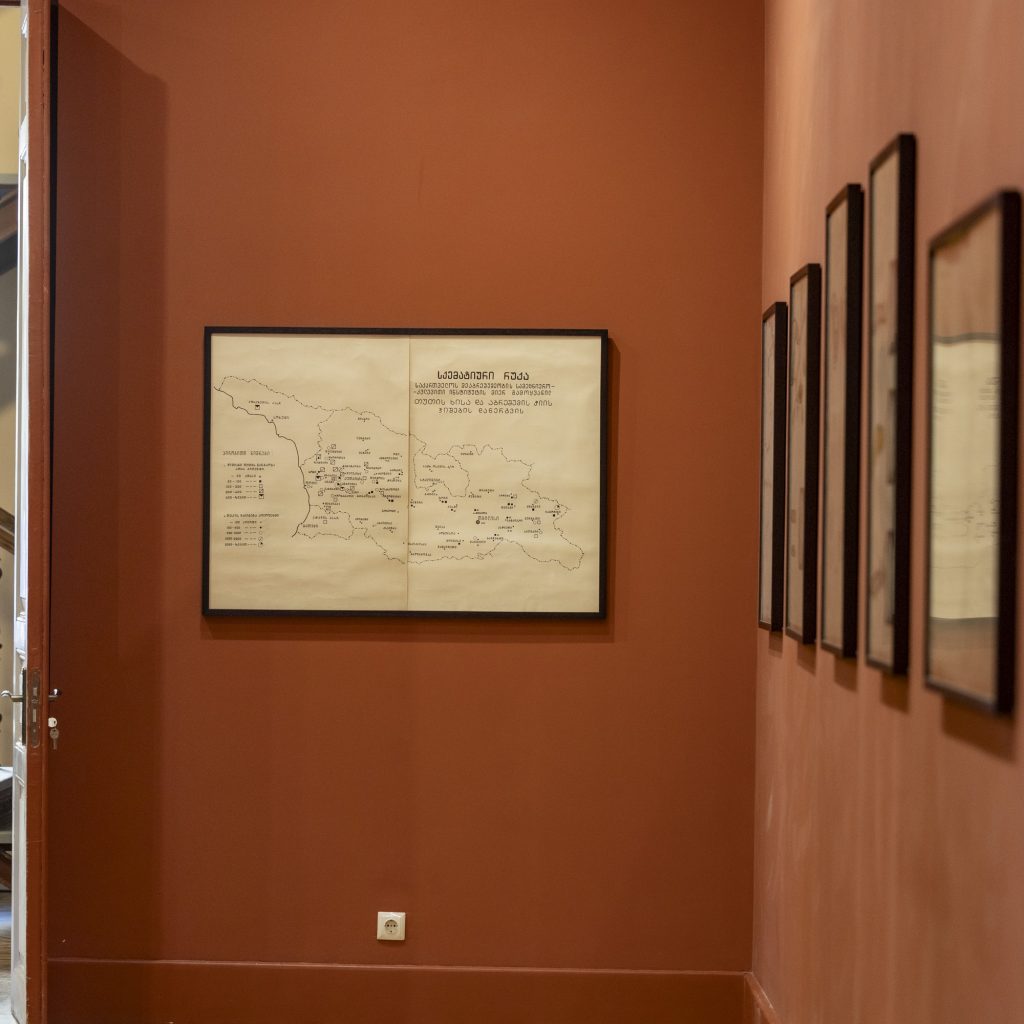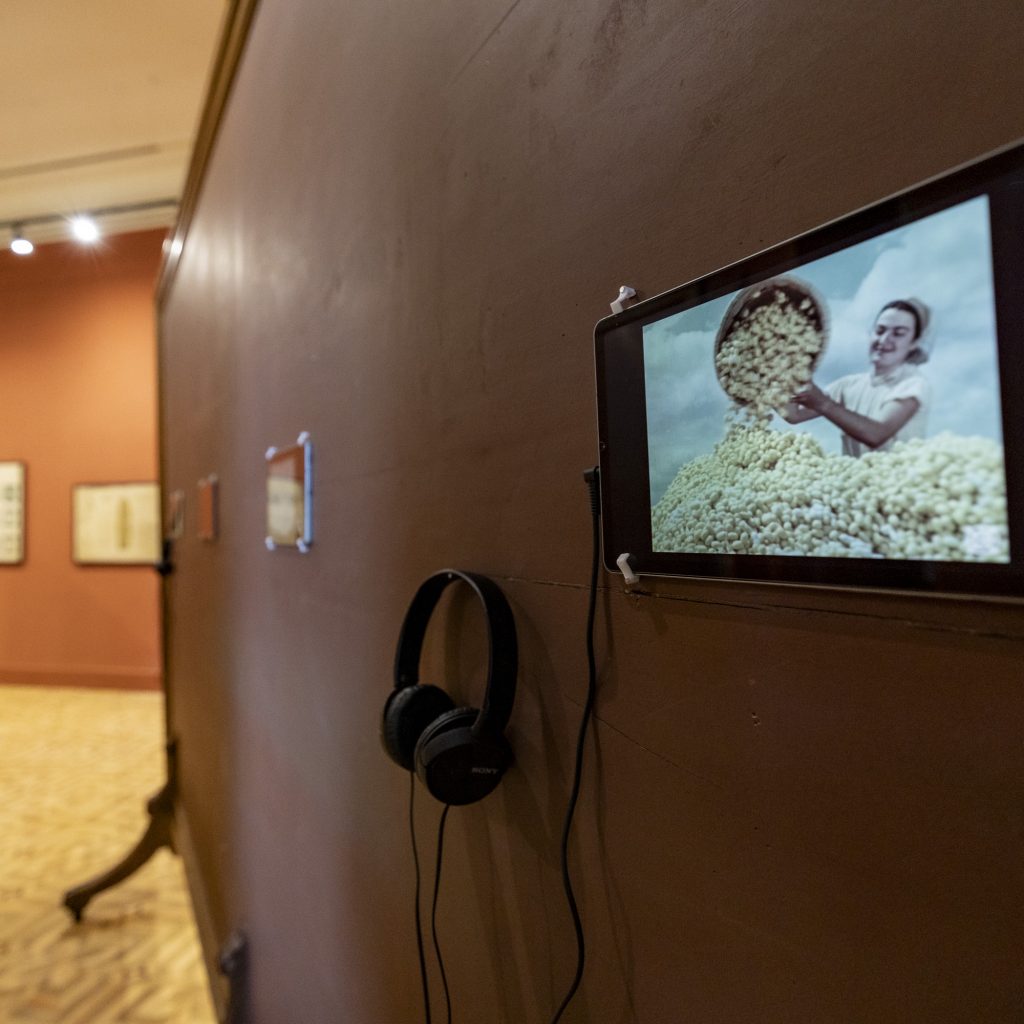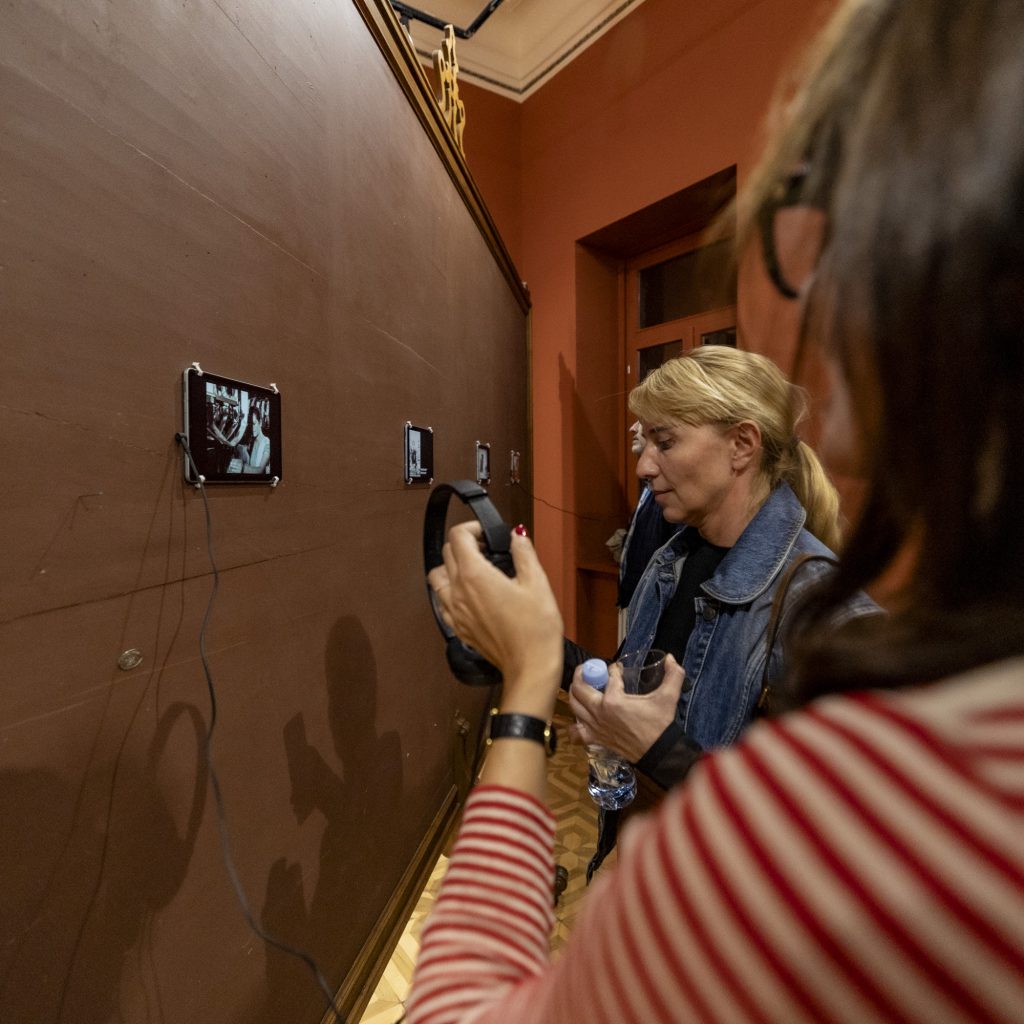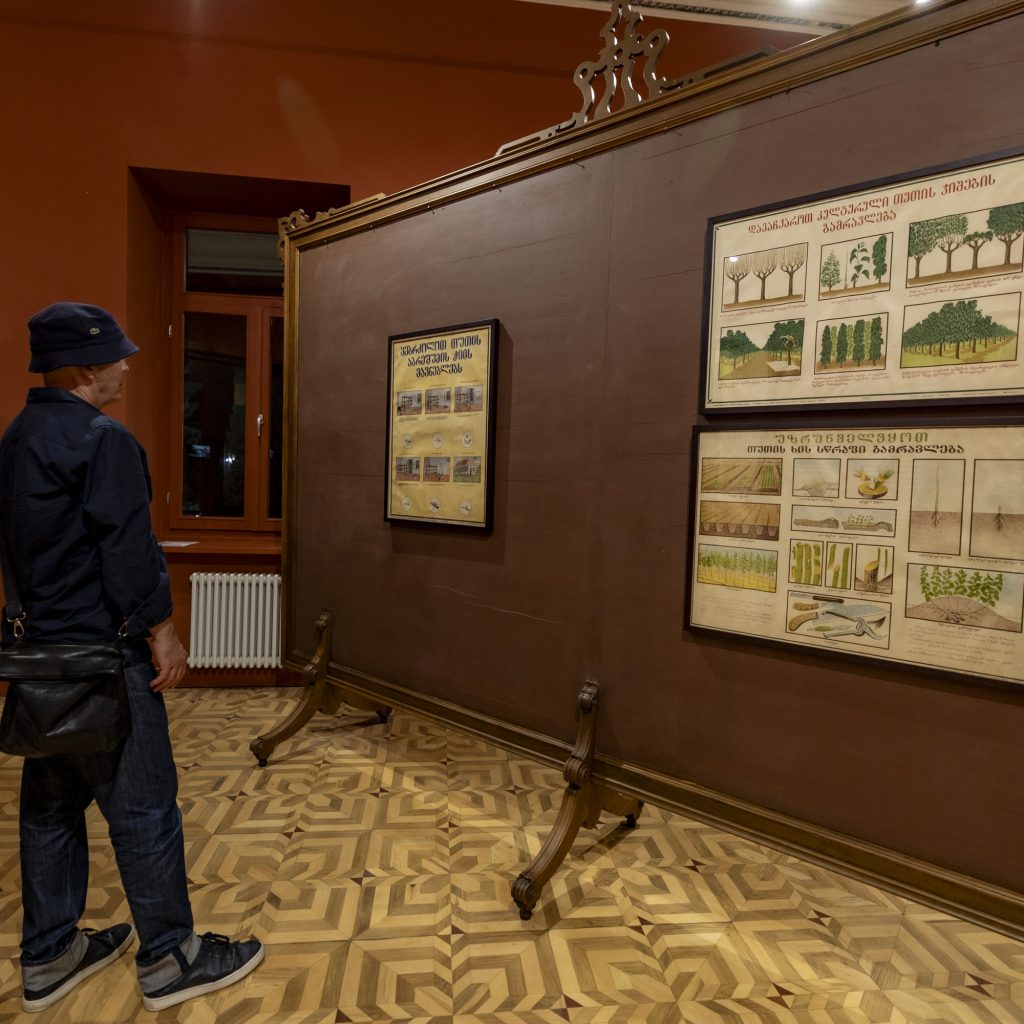The entire ARACNE project consortium is delighted to announce that the Silk Museum in Georgia has officially reopened on October 9, 2024, after four years of extensive restoration. This date holds symbolic significance as it marks exactly 135 years since the museum’s foundation stone was laid on October 9, 1889.
Among the oldest museums in the Caucasus, the State Silk Museum holds a special place as a distinguished institution focused on conserving and promoting Georgia’s rich sericulture heritage. The reopening event highlighted the museum’s cultural significance and enduring role in the region.
With a continued commitment to safeguarding the legacy of sericulture, the State Silk Museum now presents its historical and cultural collections through a refreshed, modern approach. The grand reopening showcased newly restored permanent exhibits, enhanced with temporary exhibitions that offered insights into notable research projects conducted in parallel with the museum’s restoration journey.
Within the framework of the Horizon Europe ARACNE project
The exhibition presents rare infographics from the Italian city of Padua of the beginning of the 20th century and propaganda posters printed in Georgia during the Soviet period of the 1950s. Visual materials created at different times and places served educational purposes in the field of sericulture. This collection, exhibited for the first time, brings together historical moments and issues of design, politics, education.
- October '24 - February '25
- State Silk Museum - Tbilisi (Georgia)
The State Silk Museum reopening event is supported bu the International Association of Francophone Mayors (AIMF). In addition, the exhibition “Silk Chronicles: From Padua to the Soviet Era” temporaty show of the reopening program is made possible with additional support from Horizon Europe as part of the ARACNE Project.

About the Silk Museum’s history
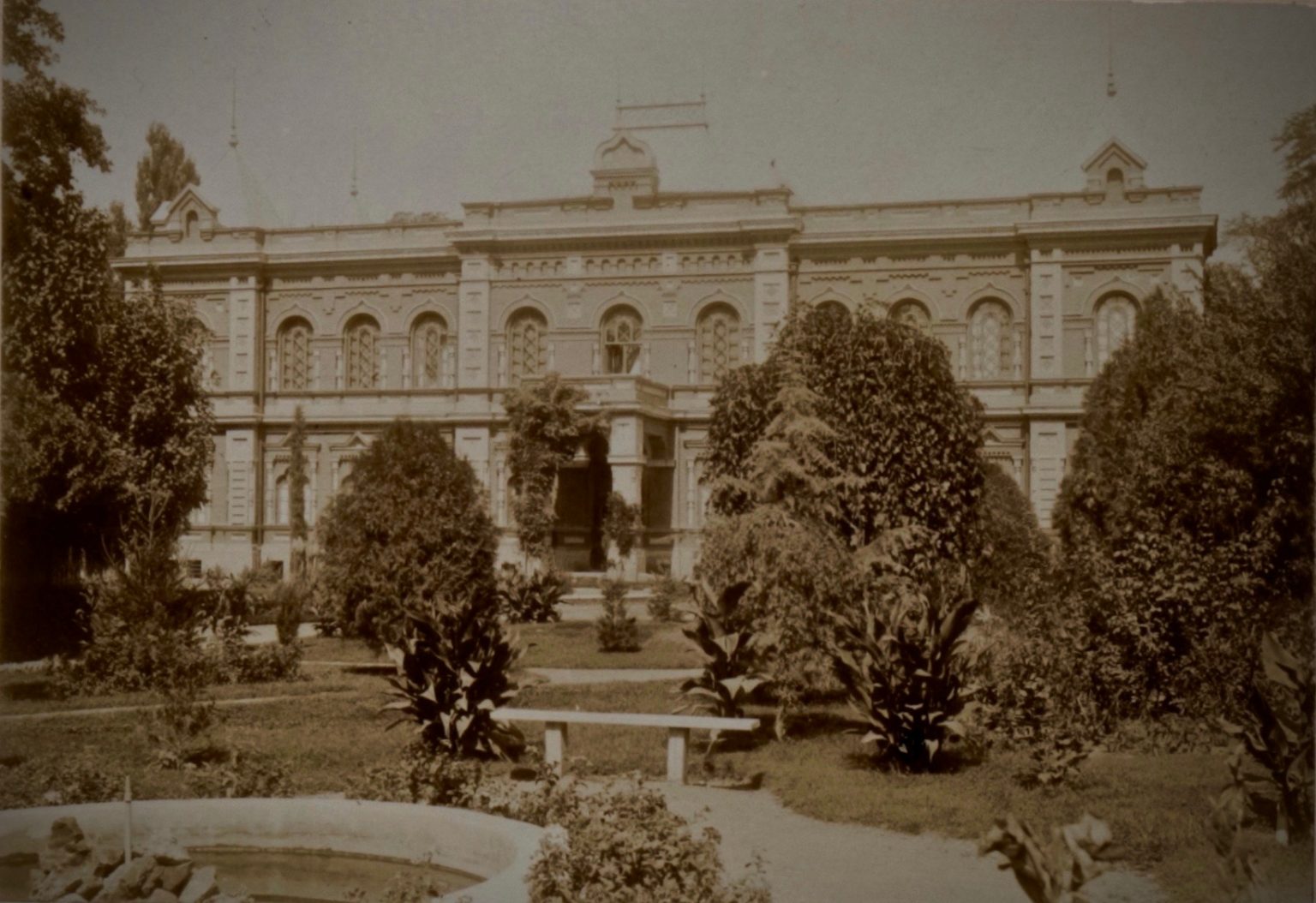
A look back at the museum’s origins reveals its roots in the Caucasian Sericulture Station, a research and educational center established in 1887 to support sericulture across the Caucasus. Biologist Nikolay Shavrov founded the station, basing its operations on European standards and using Pasteur’s method to monitor silkworm egg health, while also fostering both sericulture and beekeeping in the area. Situated in Tbilisi’s Mushtaid Garden, the station comprised 23 buildings, including a museum and library that played a central role in public education and awareness on these topics.
Polish architect Aleksander Szymkiewicz designed the complex and its exhibits, and two of its original buildings—a museum and a residential house—still stand today. The Caucasian Sericulture Station evolved over time, becoming a research institute in 1929. Later, in 1981, the property was transferred to Dinamo Stadium, putting the museum’s future at risk. Thanks to a successful campaign led by Irine Chotorlishvili from 1986 to 1988, the museum was preserved under the Bureau of Sericulture. In 2006, the institution transitioned from the Ministry of Agriculture to the Ministry of Culture, officially earning its museum status.
We invite you to explore the museum’s official website!

